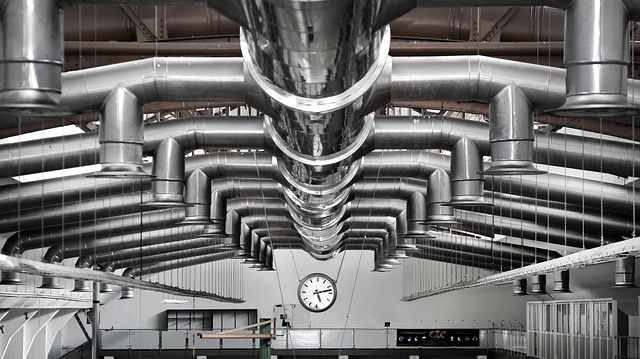
The global Ventilation System Market size is predicted to reach USD 46.24 billion by 2030 with a CAGR of 7.7% from 2026-2030. The Ventilation System market is witnessing a transformative surge in 2025, driven by the global demand for energy-efficient, smart, and sustainable building solutions. Ventilation systems, essential for maintaining indoor air quality (IAQ) and thermal comfort, are critical in residential, commercial, and industrial applications. Recent advancements in IoT integration, energy recovery technologies, and eco-friendly designs are propelling market growth. This article explores the latest trends, innovations, and challenges in the Ventilation System market, highlighting its pivotal role in creating healthier and greener built environments.
Rising Demand for Indoor Air Quality
The increasing focus on health and sustainability is a primary driver of the Ventilation System market. Growing awareness of indoor air pollutants, coupled with stricter building codes, is boosting demand for advanced ventilation solutions. The rise in respiratory illnesses and the lingering impact of global health concerns have heightened the need for systems that ensure clean, allergen-free air. Residential ventilation systems, such as Energy Recovery Ventilators (ERVs) and Heat Recovery Ventilators (HRVs), are gaining popularity for their ability to balance fresh air intake with energy conservation.
Commercial buildings, including offices and retail spaces, are also adopting ventilation systems to meet occupant health requirements and comply with regulations like the EU’s Energy Performance of Buildings Directive. The industrial sector, particularly manufacturing and warehousing, is investing in ventilation to maintain safe working conditions, further driving market demand.
Technological Innovations Driving Growth
In 2025, technological advancements are reshaping the Ventilation System market. IoT-enabled systems, such as those introduced by Panasonic in collaboration with Suetrong Property, integrate air conditioning and ventilation for tailored air quality control. These systems use nanoe X technology to eliminate allergens, bacteria, and viruses, promoting healthier indoor environments.
Energy-efficient solutions, like Variable Air Volume (VAV) systems, are transforming climate control by adjusting airflow based on demand, reducing energy waste. Recent reports highlight the integration of AI and cloud computing in VAV boxes, enabling seamless connectivity with smart building management platforms. Additionally, advancements in HEPA filters and humidity control technologies are enhancing system performance, particularly in healthcare and cleanroom environments.
The rise of intelligent ventilation solutions is another key trend. Companies like Hamilton Medical and Getinge are developing systems with real-time monitoring and predictive maintenance capabilities, optimizing energy use and improving IAQ. These innovations align with Industry 4.0 principles, making ventilation systems integral to smart buildings.
Applications Across Sectors
Ventilation systems are critical across diverse sectors. In residential settings, ERVs and HRVs dominate, providing energy-efficient air exchange for single-family homes and apartments. The commercial sector, including offices and hospitals, relies on advanced systems with HEPA filters and VAV controls to ensure occupant comfort and compliance with health standards. Industrial applications, such as manufacturing plants and warehouses, use large-scale ventilation fans to manage air quality and temperature in high-heat environments.
The healthcare sector is a significant growth area, with hospitals adopting intelligent ventilation systems to support critical care and reduce infection risks. The integration of portable and wearable ventilation devices is also expanding, enabling home-based care for chronic respiratory conditions.
Regional Market Dynamics
Asia-Pacific leads the Ventilation System market, driven by rapid urbanization and government initiatives in China and India to improve building standards. North America follows, with the U.S. benefiting from investments in smart buildings and healthcare infrastructure. Europe’s market is propelled by stringent sustainability regulations, with Germany and the UK prioritizing energy-efficient systems. Emerging markets in Latin America and Africa, such as Brazil and South Africa, are seeing gradual adoption, though reliance on imports poses challenges. Localized manufacturing could enhance accessibility in these regions.
Competitive Landscape
The market is competitive, with key players like Panasonic, Daikin, Systemair, and Zehnder leading through innovation. Panasonic’s nanoe X technology and Daikin’s focus on energy-efficient HVAC solutions are setting industry benchmarks. Smaller players and startups are entering with cost-effective, modular systems, targeting SMEs and emerging markets. Strategic partnerships, such as those between ventilation manufacturers and smart building platforms, are driving innovation and market expansion.
Challenges in the Market
The Ventilation System market faces several challenges. High initial costs for advanced systems, particularly those with IoT and AI features, can deter adoption among smaller businesses and residential users. The need for skilled technicians to install and maintain these systems is a bottleneck, especially in developing regions. Retrofitting older buildings with modern ventilation systems is also complex and costly, limiting market penetration. Supply chain disruptions, particularly for components like sensors and HEPA filters, pose risks to production scalability.
Opportunities for Growth
The market offers significant opportunities, particularly in sustainable and smart building solutions. The global push for net-zero buildings is driving demand for energy-efficient ventilation systems, while government incentives for green construction are supporting adoption. The rise of smart cities and IoT ecosystems is creating new applications, with ventilation systems integrating with building management systems for real-time optimization. The healthcare sector’s growing demand for advanced ventilation in hospitals and home care settings also presents a promising growth avenue.
Conclusion
In 2025, the Ventilation System market is a key player in the quest for sustainable, healthy buildings. Innovations in IoT, AI, and energy recovery technologies are enhancing system efficiency and air quality, while applications in residential, commercial, and healthcare sectors underscore their versatility. Despite challenges like high costs and retrofitting complexities, opportunities in smart cities, healthcare, and emerging markets are driving growth. As companies like Panasonic and Daikin lead with cutting-edge solutions, ventilation systems will continue to shape the future of sustainable indoor environments, ensuring comfort and health in an increasingly urbanized world.


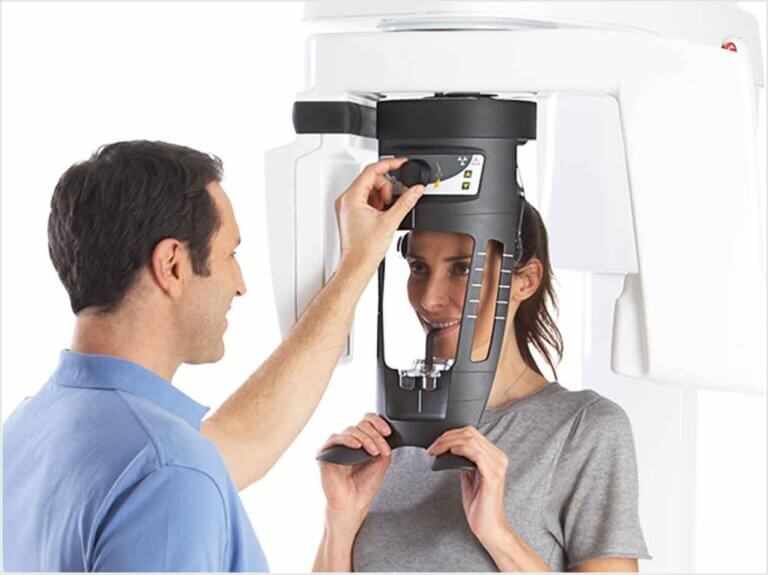


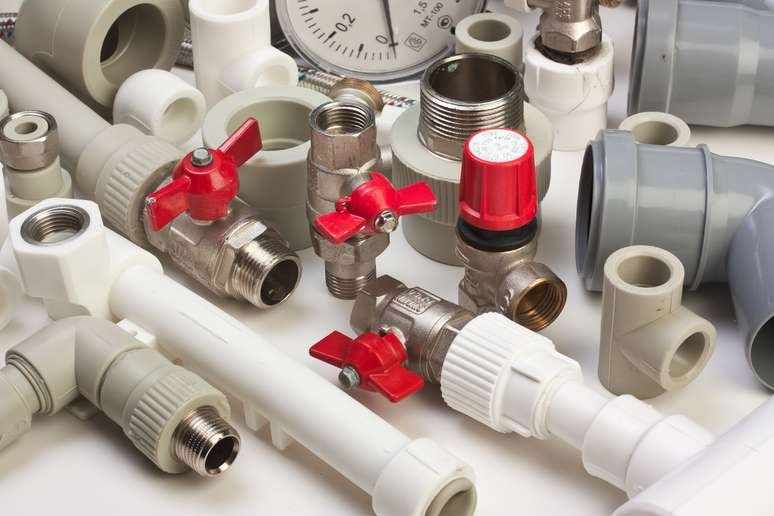






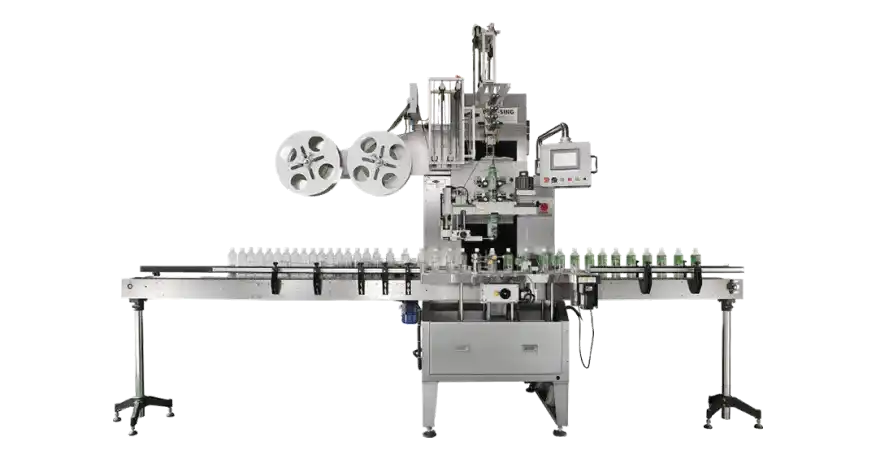
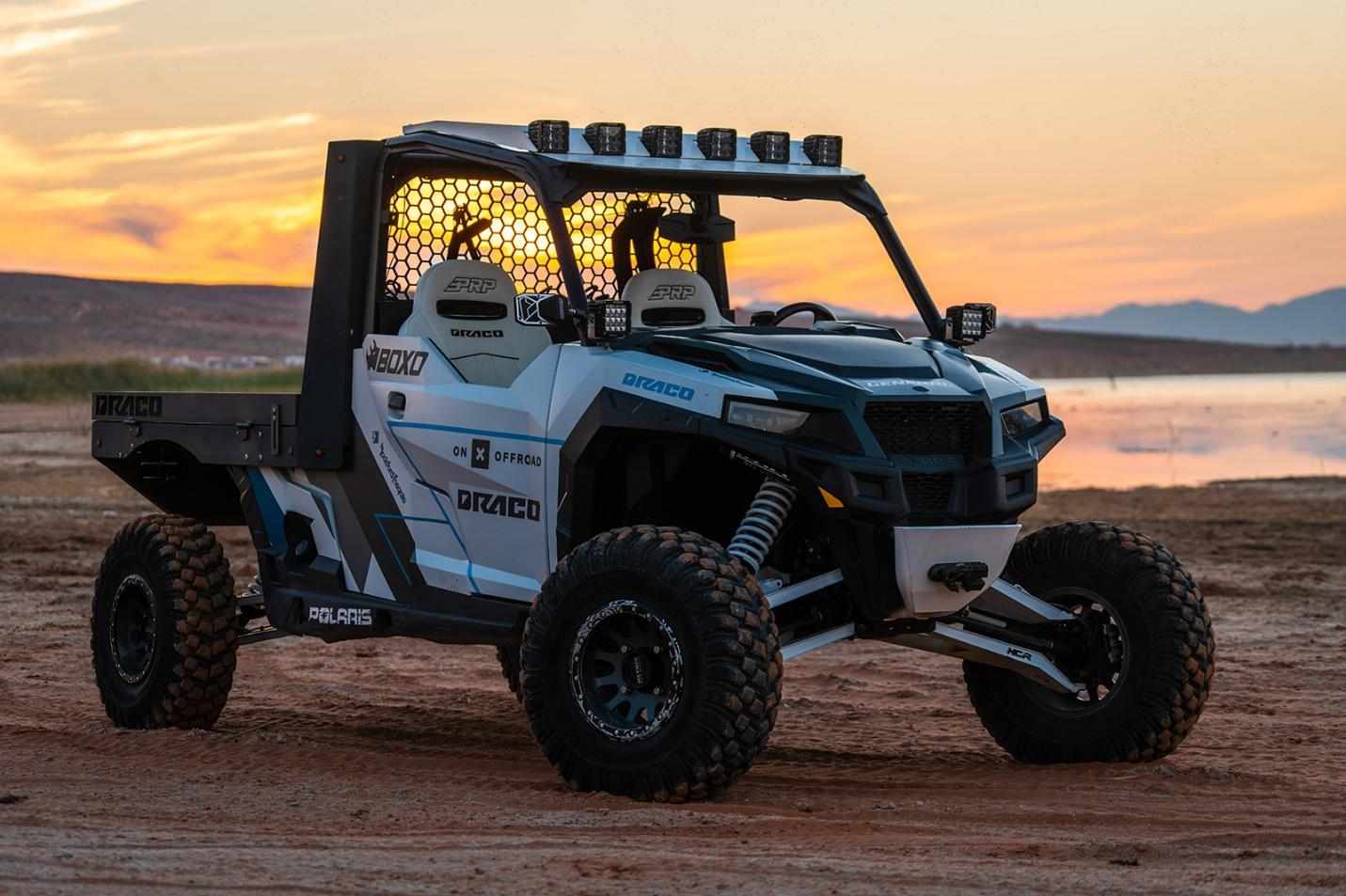
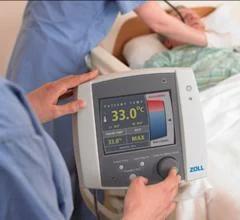

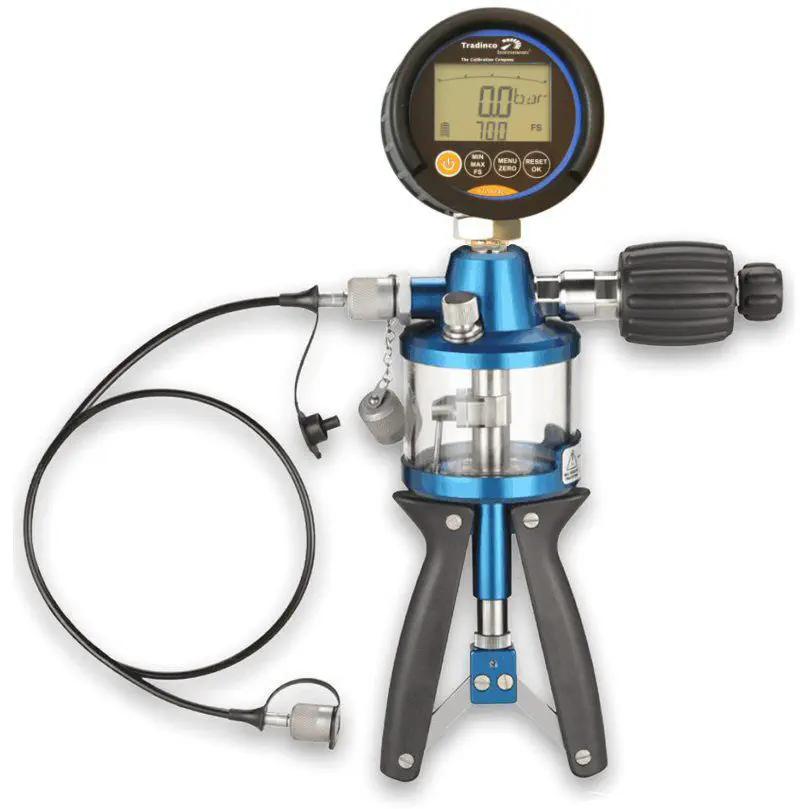
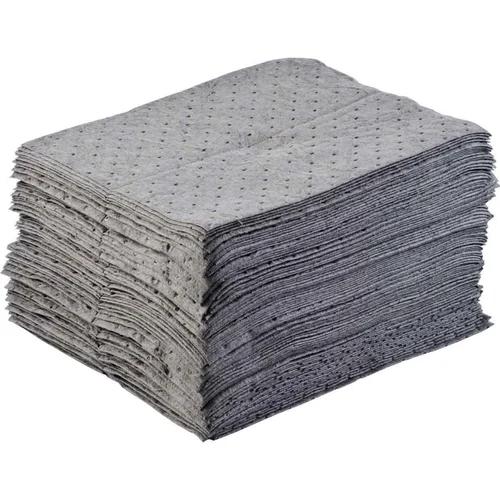
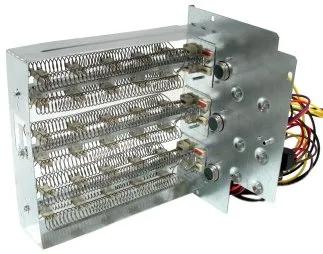

Write a comment ...